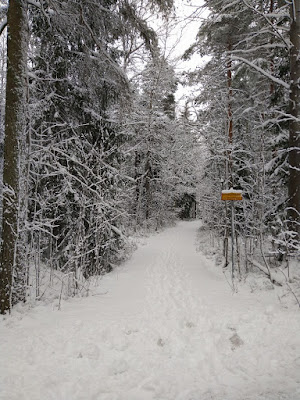Old Shuck
Britain is a land of myths and legends, from giants and dragons to St George and Headless Horsemen.
Black Dog spectres are nocturnal apparitions, often foretelling deaths and sometimes linked with Satan, although some are protectors. From Grim, Padfoot, Barguest, and Shuck, these nocturnal hounds walk the byways and lanes of Britain. Appearances differ – although they are always large, some have no head, a human-looking head, fiery eyes, chains, or blooded fang; they walk in silence and howl with spine-chilling cries.
Old Shuck
Variously known as Black Shuck, Old Shuck, Old Shock, or Shuck, a ghostly hound is believed to haunt the coastline and countryside parts of Britain. Documents from the 16th-century record ‘sightings’ of this horrible hound, but records are believed to go back at far as the 12th Century.
The most notorious reports of Shuck come from Bungay and Blythburn in the county of Suffolk, in England (1577). The great devilish hound is said to have burst through the church doors during a storm, killed a man and child, and causing the steeple to collapse. There are, apparently scorch marks still remaining on the door to this day. He then appeared in a separate church in the village of Bungay, killed some more congregants before disappearing.
Title page of the account of Rev. Abraham Fleming's account of the appearance of the ghostly black dog "Black Shuck" at the church of Bungay, Suffolk in 1577: "A straunge, and terrible wunder wrought very late in the parish church of Bongay: a town of no great distance from the citie of Norwich, namely the fourth of this August, in ye yeere of our Lord 1577." (Public Domain )
In 1850 Revd Taylor of Ormesby wrote that he’d heard the tale of Shuck from many people in East Norfolk and Cambridgeshire. The great hound was described as ‘a black shaggy dog with fiery eyes, who visits churchyards at night’ (From Lore of the Land – Westwood and Simpson). The dog started at Beeston and walked Overstrand churchyard at twilight and his route crossed what is now Cromer railway station – and a local street was known as Shuck’s Lane. Another preacher heard from an elderly local parishioner that Shuck ran nightly over Coltishall Bridge. A local man had kicked at a large dog acting aggressively, the man’s foot when straight through the dog….
Shuck has now firmly become part of local folklore with manifestations of ‘Old Scarf’, ‘Old Shock’ and the ‘Shucky Dog’. A spectral dog known as Chuff was seen as late as 1980. Old Shock sometimes manifested as a calf, or had the head of a donkey, a goat, or even a ‘shug monkey’.
He is portrayed in many forms – including as a shapeshifting bogey beast. Headless or saucer-eyed creatures are traditional signs of the supernatural, and such beasts often had ‘skeffy’ or shaggy coats.
‘Shuck’ is derived from an Old English word – scucca –meaning fiend, ‘shucky’ is a Norfolk dialect for shaggy. In Europe, a sixth of all dog demons are black poodles (Patricia Dale Green Dog 1966). Shuck’s ancestry may be hinted at from an account from St Margaret in the late 12th century, called ‘Alde Shuke’ – an unwight who appeared in animal form, and calls himself a ‘bitter beast’.
Some accounts state meeting Shuck means death within a year, oral tradition does not always support this. Shuck and the Black Dog of Bungay myths have merged, out of 74 sightings, only seventeen could be connected with death or misfortune.
Other accounts have the Black Dogs act as guardians, escorted women along lonely lanes at night. In 1998 one man recounted having to get out of the road at night due to a huge hound with flaming eyes standing in his way. This prevented him from being run down by a car with no lights.
Written by
A.L. Butcher
British-born A. L. Butcher is an avid reader and creator of worlds, a poet, and a dreamer, a lover of science, natural history, history, and monkeys. Her prose has been described as ‘dark and gritty’ and her poetry as ‘evocative’. She writes with a sure and sometimes erotic sensibility of things that might have been, never were, but could be.



























